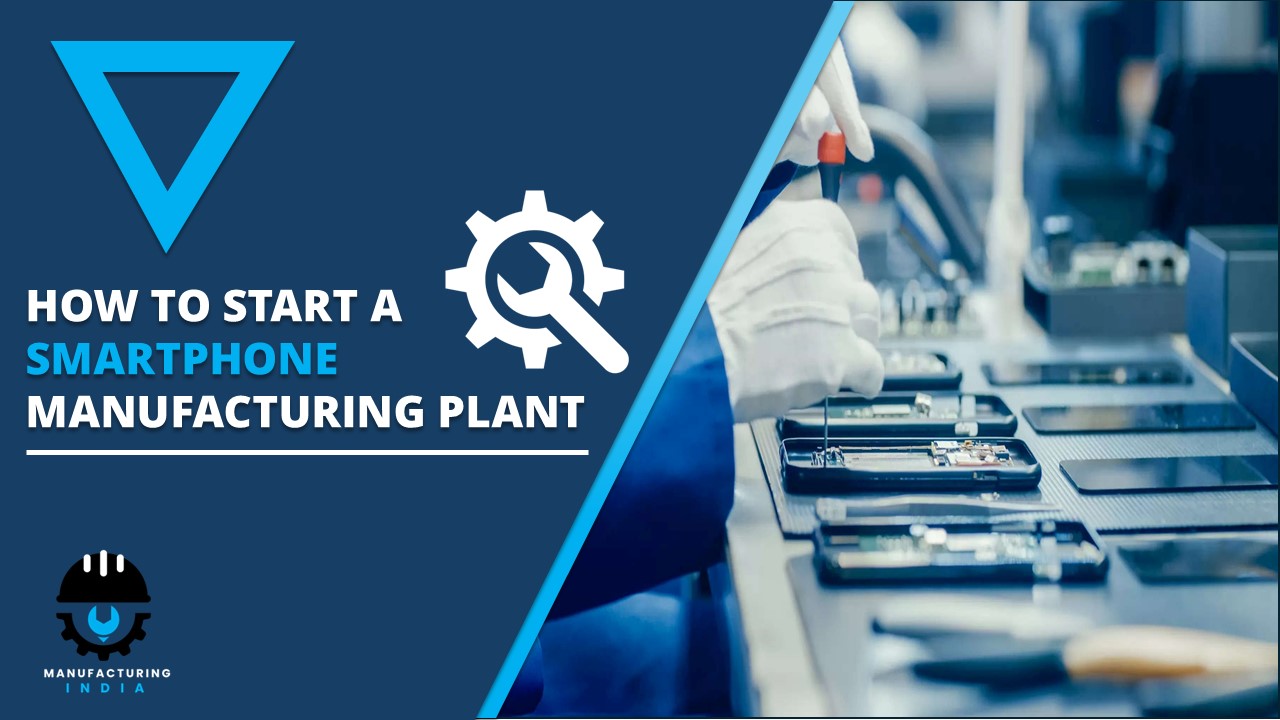Over the past few years, smartphones have established themselves as unreplaceable means of connectivity as well as all online activities. From social networking and e-retailing to audio and video content streaming and communicative applications, smartphones provide easier access to online service offerings on a mobile platform. Moreover, greater adoption of consumer products for comfort in staying connected is driving further growth in emerging markets. Consequently, the leading manufacturers target such markets and introduce affordable internet-enabled devices to meet the growing consumer demand. As per a recent report by IMARC Group, the global smartphone market, which was valued at USD 1,517.0 Million Units in 2024, is estimated to reach USD 1,998.2 Million Units by 2033, at a CAGR of 3.08% from 2025-2033.
Advancements in technology during smartphone manufacturing have significantly transformed production efficiency and helped launch innovative products. Manufacturers are working towards providing high-performance devices according to the requirements of consumers while integrating artificial intelligence and 5G connectivity. Governments are also bringing policy incentives and tax benefits in major markets, such as India and Southeast Asia, which are helping encourage domestic production and thus reduce dependency on imported products. This has led companies to set up plants to capitalize on cheap labor. Establishing a smartphone manufacturing unit is, therefore, an increasingly profitable business venture with a huge growth prospect.
Step-by-step process to navigate the complexities involved in setting up smartphone facility.
Step 1: Conduct Comprehensive Market Research
Start by studying the present market of smartphones, which would include trends, consumer preferences, and potential gaps. In addition, understanding the competitive landscape influences your product development and positioning strategies. Consider studying the following parameters:
- Shifting Consumer Preferences: Focus on specific niches, such as ruggedized phones, gaming phones, or foldable phones, or on specific demographics. The premium segment is becoming popular, but affordable, feature-rich devices are creating growth opportunities in emerging markets.
- Supply Chain Volatility: Geopolitical factors and past disruptions make a more diversified sourcing strategy imperative. Explore regional manufacturing hubs and consider vertical integration where feasible.
- Focus on Sustainability: Consumers are now more environmentally conscious than ever. Thoroughly research the most sustainable methods of manufacturing and opt for recycling materials wherever possible.
- Emerging Technologies: Ensure that the new product features all AI capabilities, 5G connectivity, advanced camera technologies, and other differentiating features.
Navigating these complexities requires comprehensive market insights and strategic planning. To address this, IMARC Group offers expert market research and consulting services, providing businesses with in-depth analysis of industry trends, consumer behavior, and investment opportunities.
Step 2: Develop a Robust Business Plan and Strategy
Based on the market research, a robust business plan is essential. This plan should articulate the company’s vision and mission, clearly defining its long-term goals and core values. The product portfolio, specifying the types of smartphones to be manufactured, which includes feature phones, smartphones, and others, needs careful consideration.
Determining the initial and projected production capacity is crucial for scaling operations effectively. A competitive pricing strategy, aligned with the target market and production costs, is required to be developed. In addition, a comprehensive marketing and distribution strategy, outlining how products will be promoted and reach target customers, is essential for market penetration. The current emphasis on agile manufacturing and direct-to-consumer sales channels should be reflected in this plan.
Step 3: Secure Necessary Licenses and Certifications
Navigating the legal and regulatory landscape is a critical step. This involves registering the company as a legal and separate entity, securing licenses and other requisite documentation to operate a manufacturing facility, along with environmental clearance. Protecting your intellectual property through trademarks and patents is a must. International trade regulations and data privacy laws are now more important than ever in the modern world with the growing geopolitical developments. Other relevant labor laws and regulations regarding the rights of employees and working conditions also need to be followed.
Step 4: Design and Prototype Your Smartphone
Work with seasoned designers and engineers to come up with a prototype that is both aesthetically pleasing, functional, and affordable. The key features that the market demands are exceptional camera quality, battery life, and processing power. Prototyping allows testing and refinement before mass production.
💡 Did you know?: Samsung rushed the Galaxy Note 7 to the market without proper testing. The battery in the device contained a critical flaw that overheated and even caught fire in some cases, which led Samsung to recall millions of units. It cost the company billions of dollars which impacted its reputation. Thus, prototyping and quality control are necessary in the production process.
Step 5: Choosing the Right Location and Infrastructure
Choosing the right location for the manufacturing plant is key. This may involve considerations related to proximity to suppliers of the various components, access to a good source of skilled labor, and infrastructure for reliable power supply, water supply, and transport. Exploring government incentives, such as tax benefits or special economic zones, can be advantageous. Considering recent dynamics, nearshoring or reshoring opportunities and the development of regional manufacturing clusters should be evaluated. For example, Samsung has been shifting its manufacturing locations from China to other countries, such as India and Vietnam, thereby nearshoring in the Asian market to reduce its dependency on China and diversify its production footprints.
Step 6: Manufacturing Process and Equipment
The process of manufacturing a smartphone generally includes sourcing components, PCB assembly, final assembly, testing, and packaging. All these stages require investment in the latest machinery and equipment. This includes PCB assembly, testing, and packaging equipment. Advanced manufacturing techniques, such as robotics and AI-powered quality control, should be followed to remain competitive. Modular design principles should also be considered for easier assembly and upgrades.
Step 7: Supply Chain Management
Efficient supply chain management is vital for seamless manufacturing. This includes selecting reliable suppliers who can provide high-quality components at competitive prices. Implementing effective inventory management systems to ensure timely availability of components while minimizing storage costs is crucial. Establishing efficient logistics for transporting components to the plant and finished products to distributors is essential. Diversifying the supply base and building resilience against disruptions are key priorities in the current global landscape.
Step 8: Human Resource Recruitment and Training
Human resource recruitment and training is one of the most important aspects. This involves engineers for design, development, and quality control; technicians for assembly, testing, and equipment maintenance; production workers for assembly and packaging; and administrative staff for managing operations, finance, and human resources. As automation increases, so does the need to upskill the workforce and recruit specialists in robotics and data analytics.
Step 9: Quality Control and Testing
A robust quality control system is essential for producing efficient smartphones. This involves inspection of incoming materials, in-process quality control, and final product testing. Using advanced quality control measures such as AI-powered inspection and robotic testing can help enhance efficiency and accuracy.
Step 10: Marketing and Sales
Developing a comprehensive marketing and sales strategy is crucial for reaching target customers. This strategy includes creating and establishing a sound brand identity as well as an effective distribution system, along with using all necessary marketing channels like digital marketing, to ensure reliability. The role of direct-to-consumer channels and online brand communities is becoming increasingly popular.
Step 11: Plan for Sustainability and E-Waste Management
Incorporate sustainability into your manufacturing process, such as using recycled materials, and designing for durability and also for repairability. Introduce take-back schemes to handle e-waste properly in line with international trends towards environmental sustainability.
A great example is Fairphone, a Dutch smartphone manufacturer that focuses on sustainability and ethical sourcing. Fairphone designs its devices with modular components, making them easy to repair and upgrade. This approach reduces electronic waste and allows users to replace individual parts, such as batteries and cameras, instead of discarding the entire phone.
Similarly, Apple’s Daisy robot disassembles old iPhones to recover useful materials like cobalt, tungsten, and rare earth elements to reuse in new products. The company also adopts recycled aluminum material and plastics in its devices and has committed to making its overall supply chain carbon neutral by 2030.
Step 12: Continuous Improvement and Innovation
The smartphone industry is dynamic, with rapid technological advancements and shifting market dynamics. Staying updated with the latest technological advancements, investing in research and development, and seeking customer feedback are crucial. Adopting agile development methodologies and exploring open innovation models can help companies adapt quickly to changing market conditions and incorporate new technologies.
By following these steps and remaining adaptable to industry changes, you can successfully establish a smartphone manufacturing plant poised for growth in the competitive market.
A Bright Future for Smartphone Manufacturing:
The convergence of technological advancement, changing consumer preferences, and favorable government policies create a great opportunity for aspiring smartphone manufacturers. By carefully considering each stage of the process, from conceptualization to final delivery, the businesses can position themselves for sustainable growth and contribute to the ongoing evolution of the mobile technology landscape. The future of connectivity is bright, and the smartphone manufacturing sector is well-placed to shape that future.
To successfully navigate this competitive industry, Manufacturers are required to understand the regulatory framework, dynamics of the supply chain, and trends in the market. Expert guidance is a great aid in streamlining operations, mitigating risk, and maximizing profitability.
To support businesses, IMARC Group provides factory setup services with thorough planning, extensive knowledge, and strategic implementation. With innate expertise in market research and consulting, we provide valuable insights into the market scenario, regulatory requirements, and opportunities for investment across various sectors, including component manufacturing, assembly line optimization, supply chain management, and emerging technologies such as 5G, AI integration, and sustainable production practices.
Our advisory services tailored as per business needs include feasibility studies, site selection, strategic planning, and competitive analysis, ensuring the right information at every point in the setup process. We provide businesses with opportunities to navigate complex situations, avoid risks, and maximize operational efficiencies by tapping our vast network and industry knowledge.



